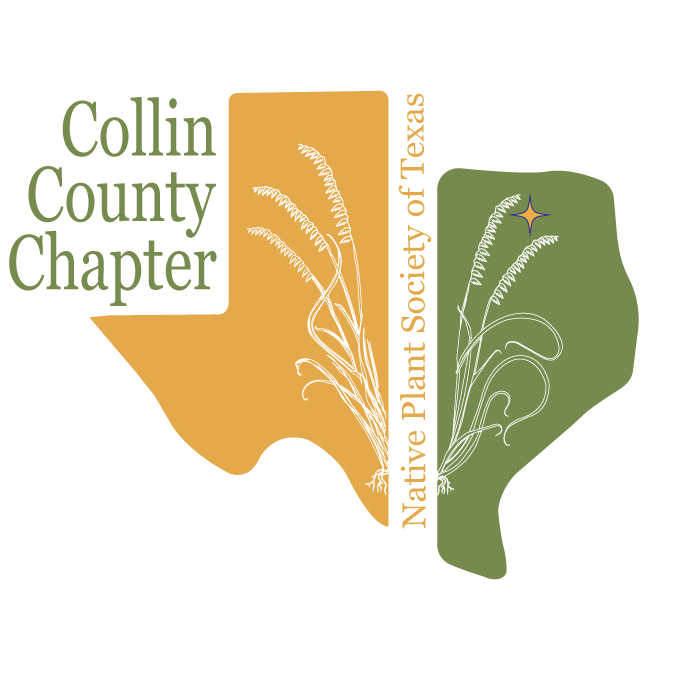July 2, 2024 @ 6:30 pm – 8:30 pm
The grasses, trees, forbs, and shrubs at the Texas Discovery Gardens, a seven-acre garden in Dallas’ Fair Park, are managed with ecology in mind. This habitat supports a great diversity of beetles, bugs, and botanical growth. Join us to learn more about these “critters” and the plants they need to survive.
Our program opens at 6:30 with social time and testing of connections, then at 7:00, Rodney Thomas, our chapter president, will have a short chapter update, followed by Kerry’s presentation. The meeting will conclude with a Q&A session.
You can attend the hybrid meeting in person at the Heard Museum in McKinney (link below) or online via Zoom – https://tinyurl.com/yn85nbzd
Meeting ID: 885 5459 6572 ; Passcode: 571904
No Registration Required

Kerry Gray-Harrison was the Horticulture Director at Texas Discovery Gardens. Located in Dallas’ historic Fair Park, Texas Discovery Gardens is a year-round urban oasis maintained with environmentally-friendly methods and filled with natural discoveries. She holds a master of landscape architecture from the University of Texas at Arlington, a master of science in botany from the University of Maine at Orono, and enjoys propagating native Texas plants.
Related Events
-
No Chapter Meeting
January 2 @ 6:30 pm






